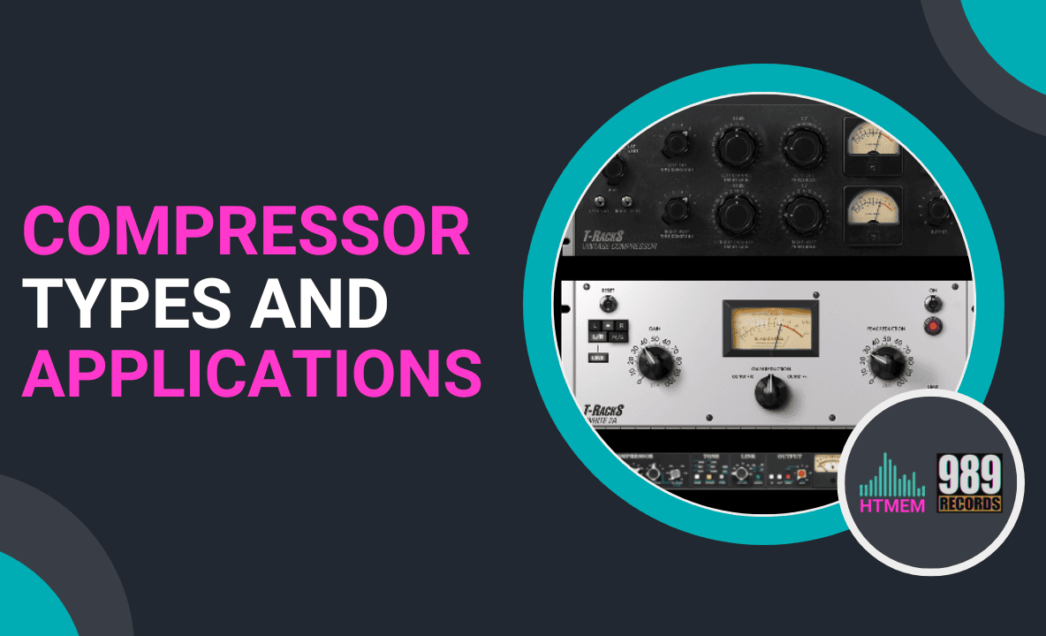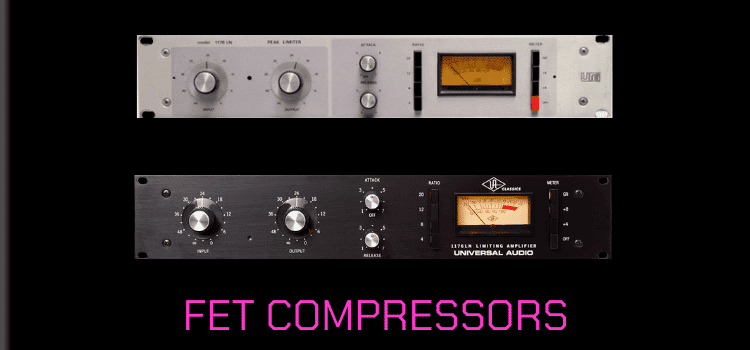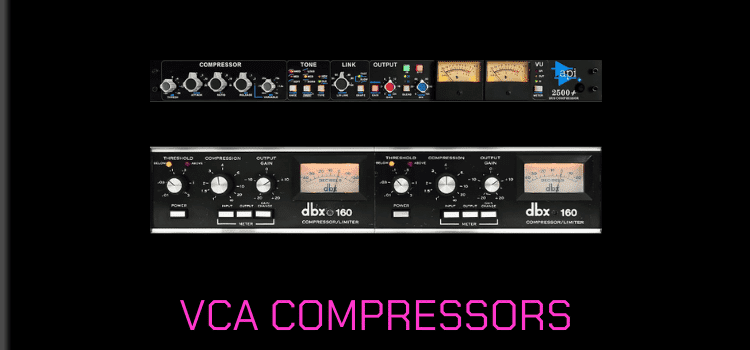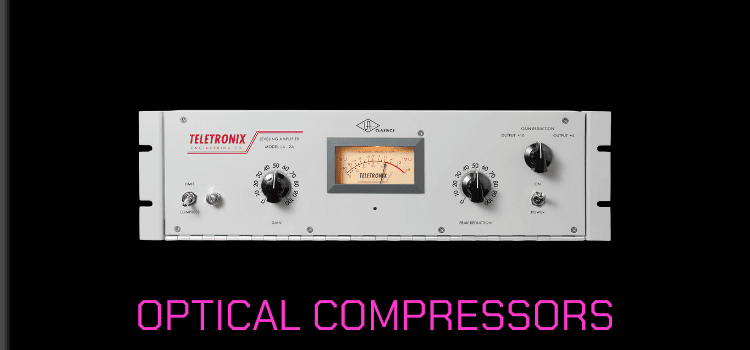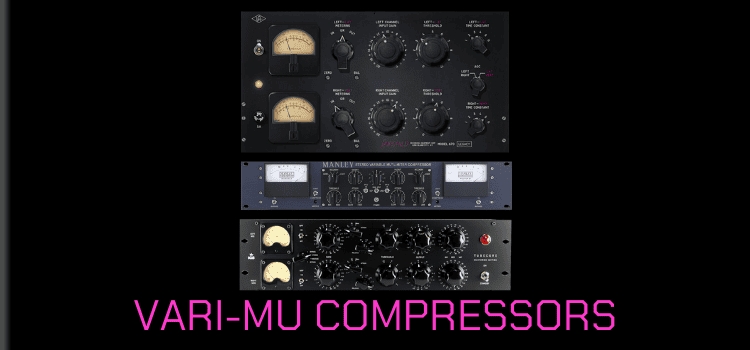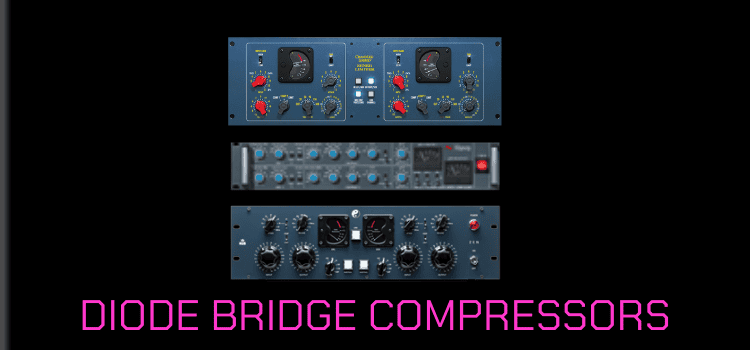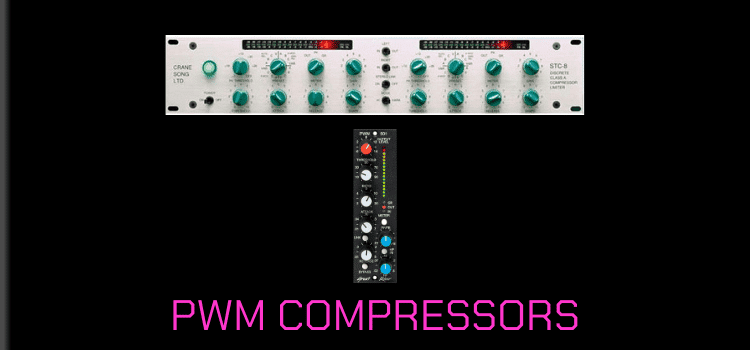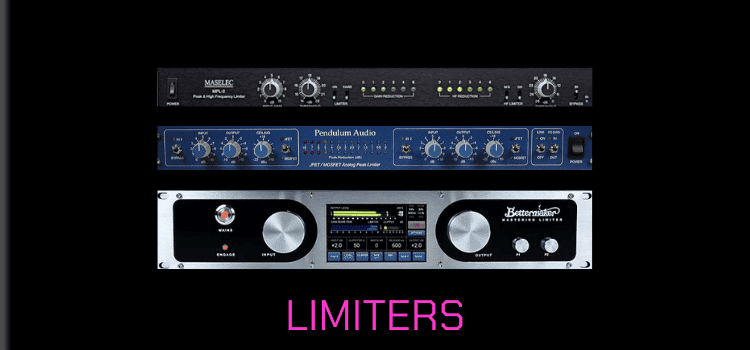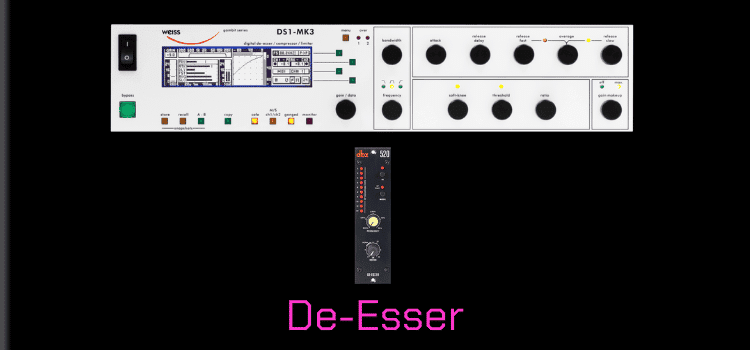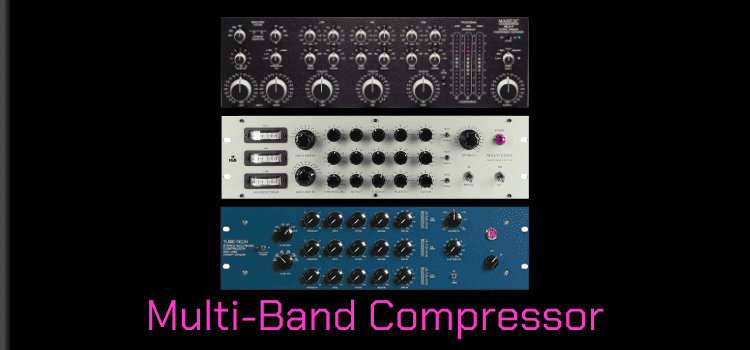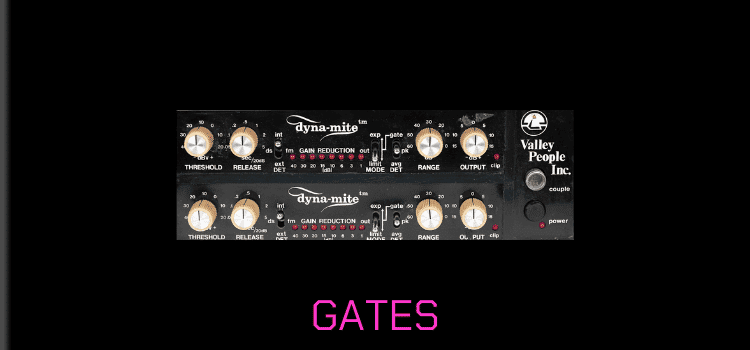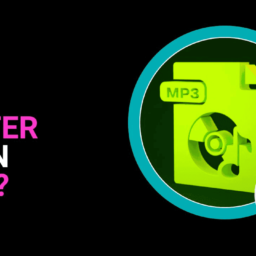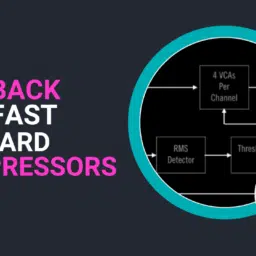Now, let’s delve into the world of compressors. So, you’re considering using a compressor. But have you asked yourself why?
- Is it to seamlessly glue tracks together?
- Or perhaps to tame sharp peaks and transients?
- Maybe it’s to avoid unwanted clipping?
- Are you aiming for transparent compression or an effect-driven compression?
- Is your goal to infuse some harmonic saturation for added color?
- Or to accentuate the rhythmic movement?
- Do you need to enhance the attack or sustain a recording?
Each question has its answer, leading you to a specific type of compressor. Some excel at peak limiting, while others shine at adding cohesion to bus groups or imbuing a track with warm harmonic distortion.
Now, let’s dive into the different types of compressors.
Compressor Types
Gain Reduction, a fundamental audio processing technique, can be applied in various ways to achieve optimal results. By meticulously fine-tuning compression settings, up to six distinct compressor categories can be identified. These categories offer a diverse range of applications, empowering audio engineers and producers to unleash their creativity and shape the desired sound with precision and finesse.
1. FET
2. VCA
3. Optical
4. Tube Vari-Mu
5. Diode
6. Pulse Width Modulation
Selecting an appropriate compressor not only requires understanding its functions and design but also considering the specific applications.
Each compressor type excels in certain contexts while others are better suited for different scenarios.
FET Compressor
This state the “Field Effect Transistor” to gain control, resulting in ultra-fast attack and release times. The exceptional performance of this device ensures unparalleled efficiency.
Originally designed as an alternative to tube-based compressors, it possesses a distinct sonic palette that effortlessly propels instruments to the forefront of a mix. With its unparalleled ability to infuse tracks with raw power, character, and texture, it stands as the epitome of a vibrant and versatile compressor.
Ideal for peak limiting, these compressors are commonly employed for Kicks, Snares, and all Percussive Instruments. The renowned vintage FET compressors include the Urei and the Universal Audio 1176.
Please note that in the 1176, the Attack and Release times are actually reversed. This means that a quick attack and release can be achieved by turning the controls fully clockwise, while slower attack and release times are attained on the opposite side.
VCA Compressors
This particular compressor utilizes a “Voltage Control Amplifier” to precisely regulate gain. It offers versatile characteristics, allowing for both smooth and dynamic performance with a punchy impact. With a wide range of attack and release times, this versatile tool is perfect for various scenarios, such as peak limiting or bus compression. Its ability to add punch and excitement is simply exceptional, making it an excellent choice.
One of the most popular vintage VCA compressors is the DBX 160, the SSL Bus Compressor, or the API 2500.
Optical Compressor
This compression technique, dating back centuries, utilizes a T4 optical light cell to trigger gain reduction. Its slow attack time lends itself to subtle and prolonged compression, making it ideal for smoothing out uneven levels and enhancing the richness of sounds. The combination of musicality and effectiveness makes it a superb choice for achieving polished and cohesive audio results.
Many optical compressors are tube-based, which is perfect for adding harmonic distortion to a recording. They are also program-dependent, meaning the attack and release times change automatically depending on the input signal.
These instruments are primarily utilized for vocal and bass guitars.
The Teletronix or Universal Audio LA-2A Leveling Amplifier is a classic example of this type of compressor.
Tube / Vari-Mu
This compressor, based on tubes, operates entirely on a program-dependent basis. This means that the ratio and attack/release times automatically adjust based on the incoming signal. Consequently, it omits the need for a separate control for adjusting the ratio.
With its exceptional ability to glue instruments and control dynamics, this remarkable tool adds a distinct tone to your music. Primarily utilized in Master Fader or Mastering Applications, it brings an unparalleled level of finesse and elegance.
The Fairchild 670 and the classic Manley Vari-Mu are some of the most popular Vari-Mu compressors, but in the list, we can also find the newer IGS Tubecore Mastering Compressor.
Diode Bridge Compressors
This particular compressor, aptly named, utilizes a diode bridge to regulate gain, imparting a distinctive character attributed to its notable ability to introduce tremendous harmonic distortion.
It has very fast attack and release times and is commonly used as a Drum Group or Bus Compressor.
Some of the most popular Diode Compressors are the Neve 33609, the Chandler Limited Zener Limiter, or TG1, and the most recent IGS Zen Limiter.
Pulse Width Modulation (PWM)
Utilizing its remarkable transparency and minimal distortion, this compressor is widely employed in mastering applications, enabling simultaneous compression and peak limiting. Its exceptional qualities allow for seamless control and precision in audio processing.
Featuring fast attack and release times, this device swiftly reacts to high-frequency pulse signals, triggering gain reduction with alternating “on” and “off” values.
There are not many Pulse Width Modulation Compressors on the market, but some examples are the Great River PWM 501, which is a 500 module, or the glorious Crane Song and STC-8.
Isn’t Enough?
The aforementioned list is not all-encompassing as there exist other compressors that merit exploration.
Occasionally, one might discover that a compressor falls short of achieving the desired sound control.
In such cases, various other types of dynamics processors come into play, each catering to a specific function.
Let’s explore additional types of compressors in the audio realm.
Limiters
A limiter is typically classified as any compressor with a ratio exceeding 10:1.
If the ratio can be set to an infinite ∞:1, then it is deemed a brick-wall limiter. This configuration ensures that audio clipping becomes virtually impossible when properly adjusted. Such a setup guarantees pristine audio quality while preserving the original content.
Usually, they are employed to increase the overall volume during the mastering process or to safeguard the speakers against potential damage.
Some good limiters are the Maselec MPL2 and the Bettermaker Mastering Limiter or the Pendulum PL-2.
Single Band Compressors
Specialized compressors, such as De-Essers, effectively eliminate “ess” sounds as their name suggests. These audio tools are specifically designed for this purpose.
Indeed, these compressors are specialized in targeting a single frequency range to effectively tackle sibilance in vocals and excessively bright audio. By doing so, they efficiently eliminate these unwanted aspects while preserving the original meaning and intended sound.
Glorious hardware to mention here is the Weiss DS1 MK3 or the DBX 520.
Multi-Band Compressors
Occasionally, a single band compressor may not suffice. Enter the multi-band compressors for when a distinct compression is needed for each frequency range. Each band possesses its own threshold ratio and unique attack/release times. Due to its exceptional flexibility, this compressor is commonly employed in the mastering process.
Some of the most popular Multi-band compressors are the Maselec MLA 4, which is also an expander, the IGS Multicore Compressor, and the TubeTech SMC 2B Multi-band Opto Compressor.
Gates
The gate is a particular type of Dynamic Processor.
Rather than decreasing the gain of a signal when it exceeds the threshold, the gate mutes it when it falls below the threshold. This enables the use of the same classic compressor settings while providing a different approach to signal control.
Hence, the term “Gate” aptly describes it as an on-off compressor, demonstrating its functionality in regulating audio signals. These devices are commonly utilized to eliminate unwanted noise in guitar amplifiers and for close microphone applications on drums.
Expanders
Lastly, we come to the expander—an antithesis to the compressor.
In cases where a recording exhibits poor dynamics or has been excessively compressed, the utilization of an expander might prove necessary.
In this scenario, the ratio operates in reverse, determining the rate of gain increase rather than reduction. For instance, by setting the ratio to 1:3, the expander boosts the signal by 3dB for every 1dB above the threshold.
Within this category, we once again find the remarkable Maselec MLA-4, a truly exceptional mastering expander. Its capabilities are unparalleled.
In Conclusion
Cool! We have successfully wrapped up our informative and insightful discussion on the diverse range of compressors, along with their typical applications and significance in various industries.
This comprehensive understanding will equip you with the knowledge to make informed decisions and harness the full potential of these remarkable machines.
If you’re interested in diving deeper into compression, you can join our Free Compressor Course by clicking the image here below or reading something more with our…
Suggested Readings
Set Compression Goals
Feedback and Feedforward Compressors
Compressor Types and Applications
Audio Compression Controls
Why do we use Audio Compression?
Now Practice and Enjoy!

